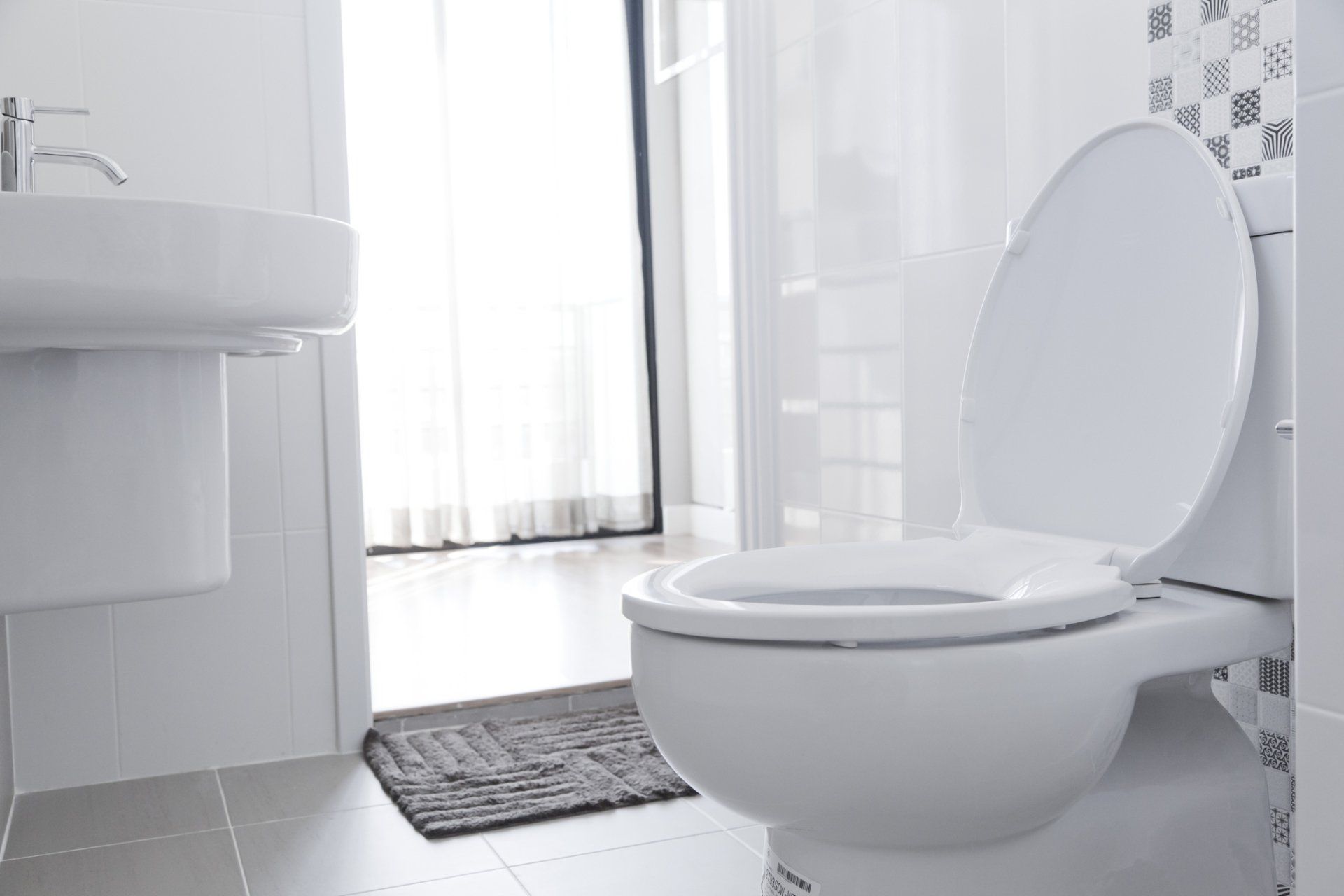What You Need to Know About Toilet Cracks

What can go wrong with a toilet? While clogs and worn parts are common commode culprits, they aren't the only plumbing problems when it comes to this bathroom fixture. If your toilet has a crack, take a look at what to do next.
Determine If There's a Problem
While a crack in your toilet may seem obvious, sometimes the problem can sneak up on you. Provided there aren't noticeable signs, such as chipped porcelain on the floor beneath the commode or a clear break, these signs may signal an impending problem:
- The bowl won't stay full . If the crack is in the bowl area, you may notice the water level constantly going down.
- The tank won't fill . Just like a cracked bowl, a cracked tank also won't fill properly.
- Water on the ground . If the water isn't in the toilet where is it? When a cracked bowl is at fault, the water will leak onto the floor. Look for a puddle or slow drip on the ground near the toilet.
Find the Cause
What caused your toilet to crack? Tank and bowl cracks form for many different reasons. While understanding the cause might not help you to repair the toilet, it can help you prevent the problem from happening again.
Common causes for toilet cracks include:
- Impact cracks. Most impact cracks are fairly obvious. If you drop a heavy object on the toilet or something hits it, the porcelain tank can crack. In some cases, you may not see or hear the impact. Look for objects near the toilet for clues as to what happened.
- Age-related cracks. As your toilet ages it becomes more vulnerable. A toilet that's past its prime may develop lines and fissures, known as crazing. This leaves the toilet open to deeper damage.
- Over-tightening. Excessive tightening of bolts can cause cracks to form.
Evaluate the Damage
Does your toilet have major damage? A serious impact could cause irreparable issues, which makes it a challenge to repair the tank or the bowl. Before making any decisions, consider:
- The placement of the crack. A crack on the toilet's lid may not cause the same problems that a crack in the bowl or tank would.
- The depth of the crack. If the crack extends completely through the surface of the porcelain, allowing water to leak out, a repair may not do the trick.
- The length of the crack. A long crack, or a crack that wraps around the front and side of the tank, may require a full replacement.
- The plumber's opinion. Even though a crack may not seem like a major issue, a hairline fissure can eventually lead to a serious leak. Ask the plumber for their professional opinion prior to deciding whether to repair or replace.
- The age of the toilet. An older toilet that is already cracking is a candidate for replacement. Even though you may get some time out of a professional repair, the toilet will likely crack again soon.
Do you need a professional toilet repair? Contact Daytona Plumbingfor more information.






